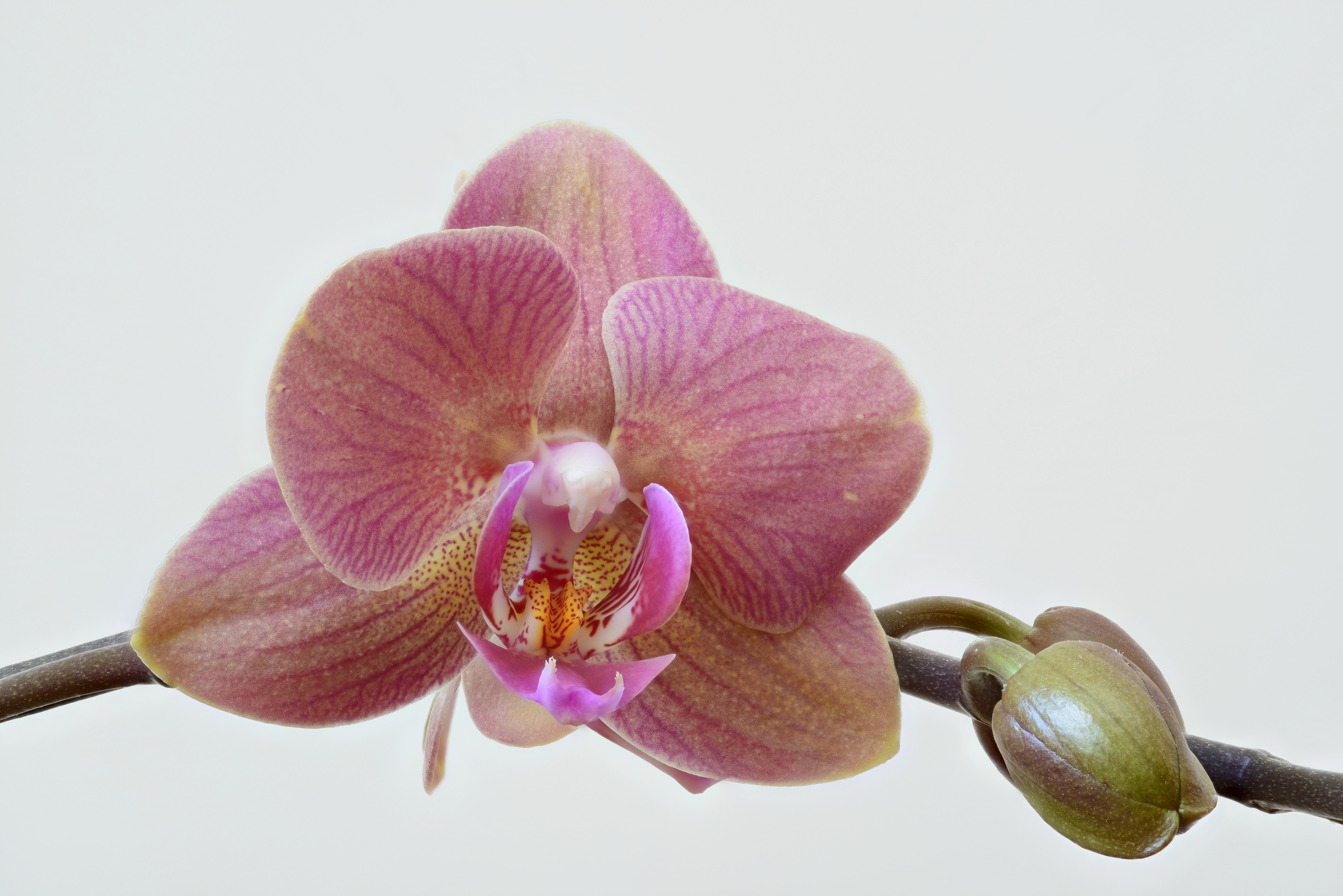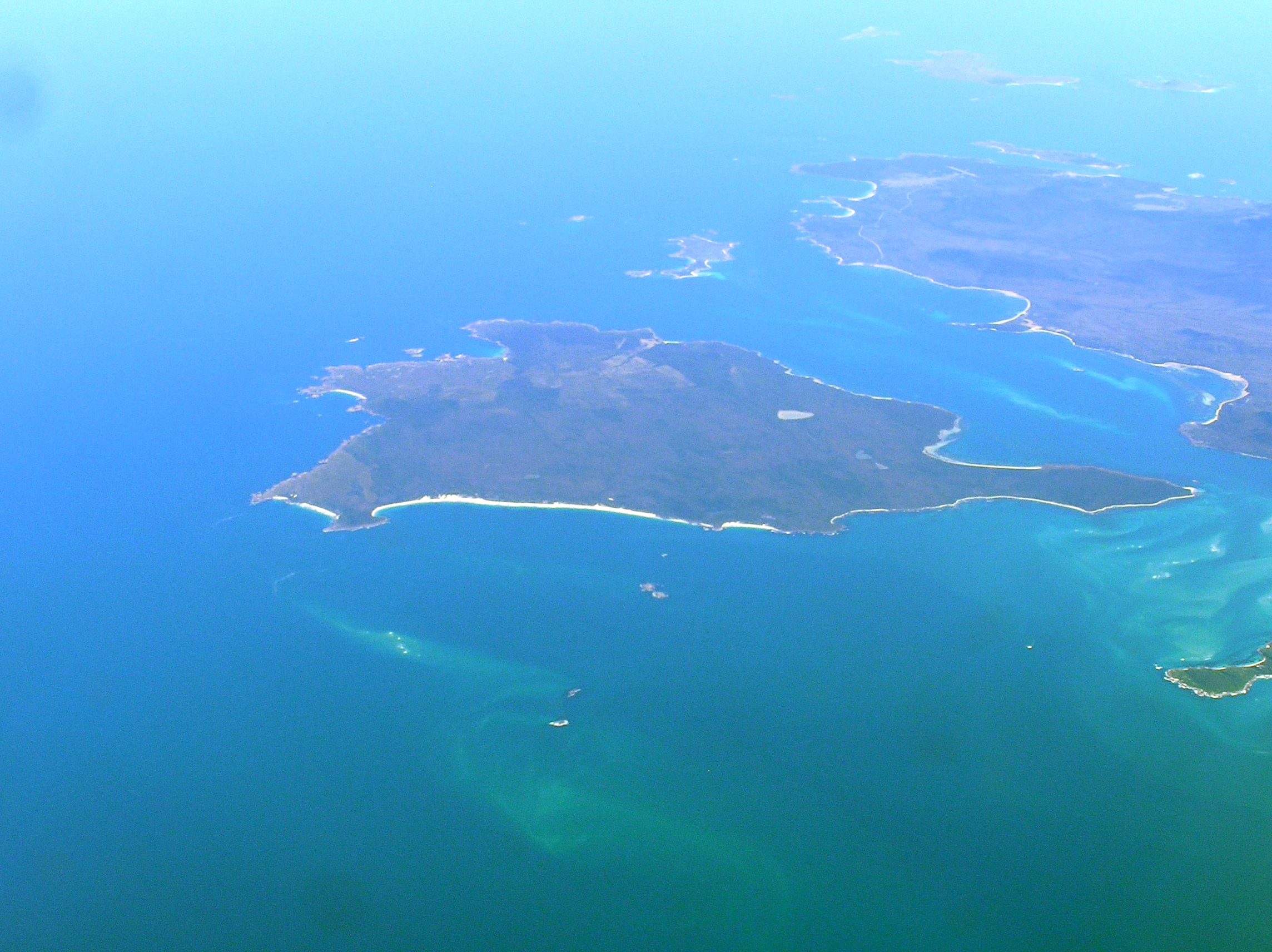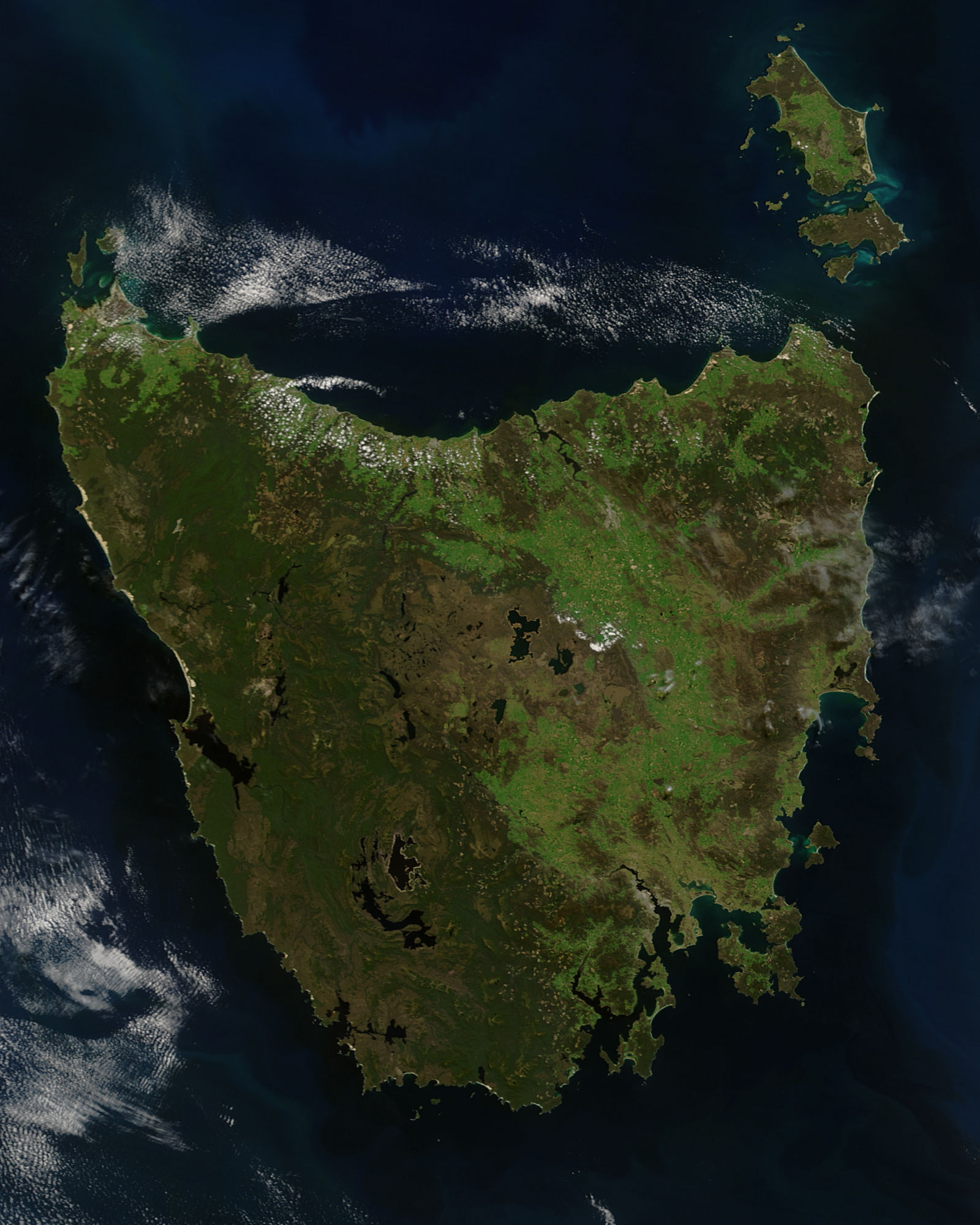|
Calochilus Campestris
''Calochilus campestris'', commonly known as the copper beard orchid, is a species of orchid endemic to south-eastern Australia. It has a single fleshy, channelled leaf and up to fifteen pale green and red flowers with a purple "beard". Description ''Calochilus campestris'' is a terrestrial, perennial, deciduous, herb with an underground tuber and a single fleshy, channelled leaf long, wide and triangular in cross section. Between three and fifteen pale green flowers with reddish lines, long and wide are borne on a flowering stem tall. The dorsal sepal is erect, egg-shaped, long and wide. The lateral sepals are a similar length but narrower. The petals are lance-shaped to egg-shaped, long, wide and spread widely apart from each other. The labellum is egg-shaped and curved in side view, long and wide. The base of the labellum is fleshy and has two smooth, metallic blue plates and the middle part has bristly purple hairs. The tip has a short glandular "tail" long. Th ... [...More Info...] [...Related Items...] OR: [Wikipedia] [Google] [Baidu] |
Orchid
Orchids are plants that belong to the family Orchidaceae (), a diverse and widespread group of flowering plants with blooms that are often colourful and fragrant. Along with the Asteraceae, they are one of the two largest families of flowering plants. The Orchidaceae have about 28,000 currently accepted species, distributed in about 763 genera. (See ''External links'' below). The determination of which family is larger is still under debate, because verified data on the members of such enormous families are continually in flux. Regardless, the number of orchid species is nearly equal to the number of bony fishes, more than twice the number of bird species, and about four times the number of mammal species. The family encompasses about 6–11% of all species of seed plants. The largest genera are '' Bulbophyllum'' (2,000 species), '' Epidendrum'' (1,500 species), '' Dendrobium'' (1,400 species) and '' Pleurothallis'' (1,000 species). It also includes '' Vanilla'' (the genus o ... [...More Info...] [...Related Items...] OR: [Wikipedia] [Google] [Baidu] |
Montane Ecosystems
Montane ecosystems are found on the slopes of mountains. The alpine climate in these regions strongly affects the ecosystem because temperatures fall as elevation increases, causing the ecosystem to stratify. This stratification is a crucial factor in shaping plant community, biodiversity, metabolic processes and ecosystem dynamics for montane ecosystems. Dense montane forests are common at moderate elevations, due to moderate temperatures and high rainfall. At higher elevations, the climate is harsher, with lower temperatures and higher winds, preventing the growth of trees and causing the plant community to transition to montane grasslands, shrublands or alpine tundra. Due to the unique climate conditions of montane ecosystems, they contain increased numbers of endemic species. Montane ecosystems also exhibit variation in ecosystem services, which include carbon storage and water supply. Life zones As elevation increases, the climate becomes cooler, due to a decrease in ... [...More Info...] [...Related Items...] OR: [Wikipedia] [Google] [Baidu] |
Orchids Of New South Wales
Orchids are plants that belong to the family Orchidaceae (), a diverse and widespread group of flowering plants with blooms that are often colourful and fragrant. Along with the Asteraceae, they are one of the two largest families of flowering plants. The Orchidaceae have about 28,000 currently accepted species, distributed in about 763 genera. (See ''External links'' below). The determination of which family is larger is still under debate, because verified data on the members of such enormous families are continually in flux. Regardless, the number of orchid species is nearly equal to the number of bony fishes, more than twice the number of bird species, and about four times the number of mammal species. The family encompasses about 6–11% of all species of seed plants. The largest genera are ''Bulbophyllum'' (2,000 species), '' Epidendrum'' (1,500 species), ''Dendrobium'' (1,400 species) and '' Pleurothallis'' (1,000 species). It also includes ''Vanilla'' (the genus of t ... [...More Info...] [...Related Items...] OR: [Wikipedia] [Google] [Baidu] |
Endemic Orchids Of Australia
Endemism is the state of a species being found in a single defined geographic location, such as an island, state, nation, country or other defined zone; organisms that are indigenous to a place are not endemic to it if they are also found elsewhere. For example, the Cape sugarbird is found exclusively in southwestern South Africa and is therefore said to be ''endemic'' to that particular part of the world. An endemic species can be also be referred to as an ''endemism'' or in scientific literature as an ''endemite''. For example ''Cytisus aeolicus'' is an endemite of the Italian flora. ''Adzharia renschi'' was once believed to be an endemite of the Caucasus, but it was later discovered to be a non-indigenous species from South America belonging to a different genus. The extreme opposite of an endemic species is one with a cosmopolitan distribution, having a global or widespread range. A rare alternative term for a species that is endemic is "precinctive", which applies to s ... [...More Info...] [...Related Items...] OR: [Wikipedia] [Google] [Baidu] |
Calochilus
''Calochilus'', commonly known as beard orchids, is a genus of about 30 species of plants in the orchid family, Orchidaceae. Beard orchids are terrestrial herbs with a single leaf at the base of the plant, or no leaves. Their most striking feature is a densely hairy labellum, giving rise to their common name. Beard orchids, unlike some other Australian orchids, do not reproduce using daughter tubers, but self-pollinate when cross-pollination has not occurred. Most species occur in Australia but some are found in New Zealand, New Guinea and New Caledonia. Description Orchids in the genus ''Calochilus'' are terrestrial, perennial, deciduous, sympodial herbs with a few inconspicuous, fine roots and a pair of egg-shaped tubers lacking a protective fibrous sheath. The tubers produce replacement tubers on the end of a short, root-like stolons. There is either a single, linear, fleshy, convolute leaf, usually channelled, sometimes triangular in cross section, or there is no leaf. ... [...More Info...] [...Related Items...] OR: [Wikipedia] [Google] [Baidu] |
Threatened Species Protection Act 1995
The ''Threatened Species Protection Act 1995'' (TSP Act), is an act of the Parliament of Tasmania that provides the statute relating to conservation of flora and fauna. Its long title is An Act to provide for the protection and management of threatened native flora and fauna and to enable and promote the conservation of native flora and fauna. It received the royal assent on 14 November 1995. As of 25 November 2020, the TSP Act is administered by the Department of Primary Industries, Parks, Water and Environment (Tasmania) and is the primary legislation for the listing, protection and conservation of threatened native flora and fauna in Tasmania. Threatened species in Tasmania can also be listed on the Environment Protection and Biodiversity Conservation Act 1999, which is the primary national legislation for the protection of threatened species in Australia. The objectives of the TSP Act are to ensure the survival of native flora and fauna as well to encourage, educate and a ... [...More Info...] [...Related Items...] OR: [Wikipedia] [Google] [Baidu] |
Fleurieu Peninsula
The Fleurieu Peninsula () is a peninsula in the Australian state of South Australia located south of the state capital of Adelaide. History Before British colonisation of South Australia, the western side of the peninsula was occupied by the Kaurna people, while several clans of the Ngarrindjeri lived on the eastern side. The people were sustained by the flora and fauna of the peninsula, for food and bush medicine. The bulrushes, reeds and sedges were used for basket-weaving or making rope, trees provided wood for spears, and stones were fashioned into tools. The Fleurieu Peninsula was named after Charles Pierre Claret de Fleurieu, the French explorer and hydrographer, by the French explorer Nicolas Baudin as he explored the south coast of Australia in 1802. The name came into official use in 1911 after Fleurieu's great-nephew, Count Alphonse de Fleurieu, visited Adelaide and met with the Council of the Royal Geographical Society of South Australia, which recommended ... [...More Info...] [...Related Items...] OR: [Wikipedia] [Google] [Baidu] |
South Australia
South Australia (commonly abbreviated as SA) is a state in the southern central part of Australia. It covers some of the most arid parts of the country. With a total land area of , it is the fourth-largest of Australia's states and territories by area, and second smallest state by population. It has a total of 1.8 million people. Its population is the second most highly centralised in Australia, after Western Australia, with more than 77 percent of South Australians living in the capital Adelaide, or its environs. Other population centres in the state are relatively small; Mount Gambier, the second-largest centre, has a population of 33,233. South Australia shares borders with all of the other mainland states, as well as the Northern Territory; it is bordered to the west by Western Australia, to the north by the Northern Territory, to the north-east by Queensland, to the east by New South Wales, to the south-east by Victoria, and to the south by the Great Australian B ... [...More Info...] [...Related Items...] OR: [Wikipedia] [Google] [Baidu] |
Clarke Island (Tasmania)
The Clarke Island (also known by its Indigenous name of ''Lungtalanana Island''), part of the Furneaux Group, is an island in Bass Strait, south of Cape Barren Island, about off the northeast coast of Tasmania, Australia. Banks Strait separates the island from Cape Portland on the mainland. Off its west coast lies the shipwreck of ''HMS Litherland'', which sank in 1853 and was discovered in 1983. Clarke Island is Tasmania's eighth largest island. History Clarke Island/Lungtalanana was uninhabited prior to European settlement. ''Sydney Cove'' ran aground between Preservation Island and Rum Island on 28 February 1797.Nash, M.Maritime Archaeology Monograph and Reports Series No.2 - Investigation of a Survivors Camp from the Sydney Cove Shipwreck." Master of Maritime Archaeology Thesis. Department of Archaeology, Flinders University, South Australia. 2004. Accessed 30 December 2009. A party of seventeen men set off on 28 February 1787 in the ship's longboat to reach help at Port ... [...More Info...] [...Related Items...] OR: [Wikipedia] [Google] [Baidu] |
Tasmania
) , nickname = , image_map = Tasmania in Australia.svg , map_caption = Location of Tasmania in AustraliaCoordinates: , subdivision_type = Country , subdivision_name = Australia , established_title = Before federation , established_date = Colony of Tasmania , established_title2 = Federation , established_date2 = 1 January 1901 , named_for = Abel Tasman , demonym = , capital = Hobart , largest_city = capital , coordinates = , admin_center = 29 local government areas , admin_center_type = Administration , leader_title1 = Monarch , leader_name1 = Charles III , leader_title2 = Governor , leader_n ... [...More Info...] [...Related Items...] OR: [Wikipedia] [Google] [Baidu] |
Victoria (Australia)
Victoria is a state in southeastern Australia. It is the second-smallest state with a land area of , the second most populated state (after New South Wales) with a population of over 6.5 million, and the most densely populated state in Australia (28 per km2). Victoria is bordered by New South Wales to the north and South Australia to the west, and is bounded by the Bass Strait to the south (with the exception of a small land border with Tasmania located along Boundary Islet), the Great Australian Bight portion of the Southern Ocean to the southwest, and the Tasman Sea (a marginal sea of the South Pacific Ocean) to the southeast. The state encompasses a range of climates and geographical features from its temperate coastal and central regions to the Victorian Alps in the northeast and the semi-arid north-west. The majority of the Victorian population is concentrated in the central-south area surrounding Port Phillip Bay, and in particular within the metr ... [...More Info...] [...Related Items...] OR: [Wikipedia] [Google] [Baidu] |
Temora, New South Wales
Temora () is a town in the north-east of the Riverina area of New South Wales, south-west of the state capital, Sydney. At the the population of Temora was 4,693. Temora has been reported as being the friendliest town in New South Wales, following a series of mentions in the Sydney Morning Herald's Column 8, which organised a bus trip to the town for Sydney readers in 2005. Temora was named by John Donald McCansh. In September 1880 he told the Warwick Argus: Neither the ''Wiradjuri Dictionary'' (2010) nor the ''Macquarie Dictionary of Aboriginal Words'' (2006) lists "temora" or any words similar to it, but the Dharug language dictionary online defines "temora" as "a tree standing alone". Alternatively, in the Celtic language it is derived from a term which means "an eminence commanding a wide view." Geography Temora is located in North Eastern end of the Riverina region of NSW and is also part of the South West Slopes. Temora has an elevation of above sea level. The ... [...More Info...] [...Related Items...] OR: [Wikipedia] [Google] [Baidu] |

.jpg)




